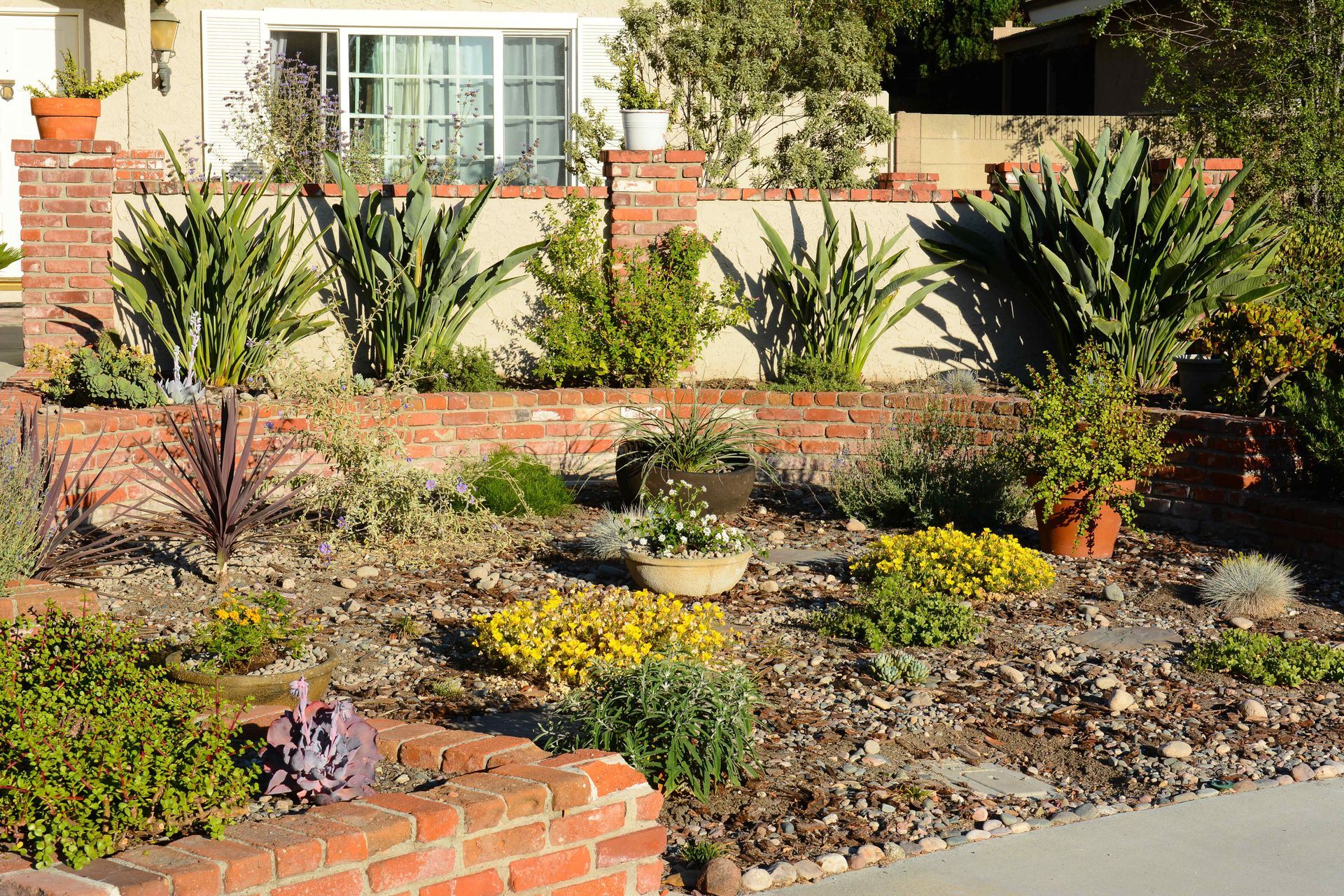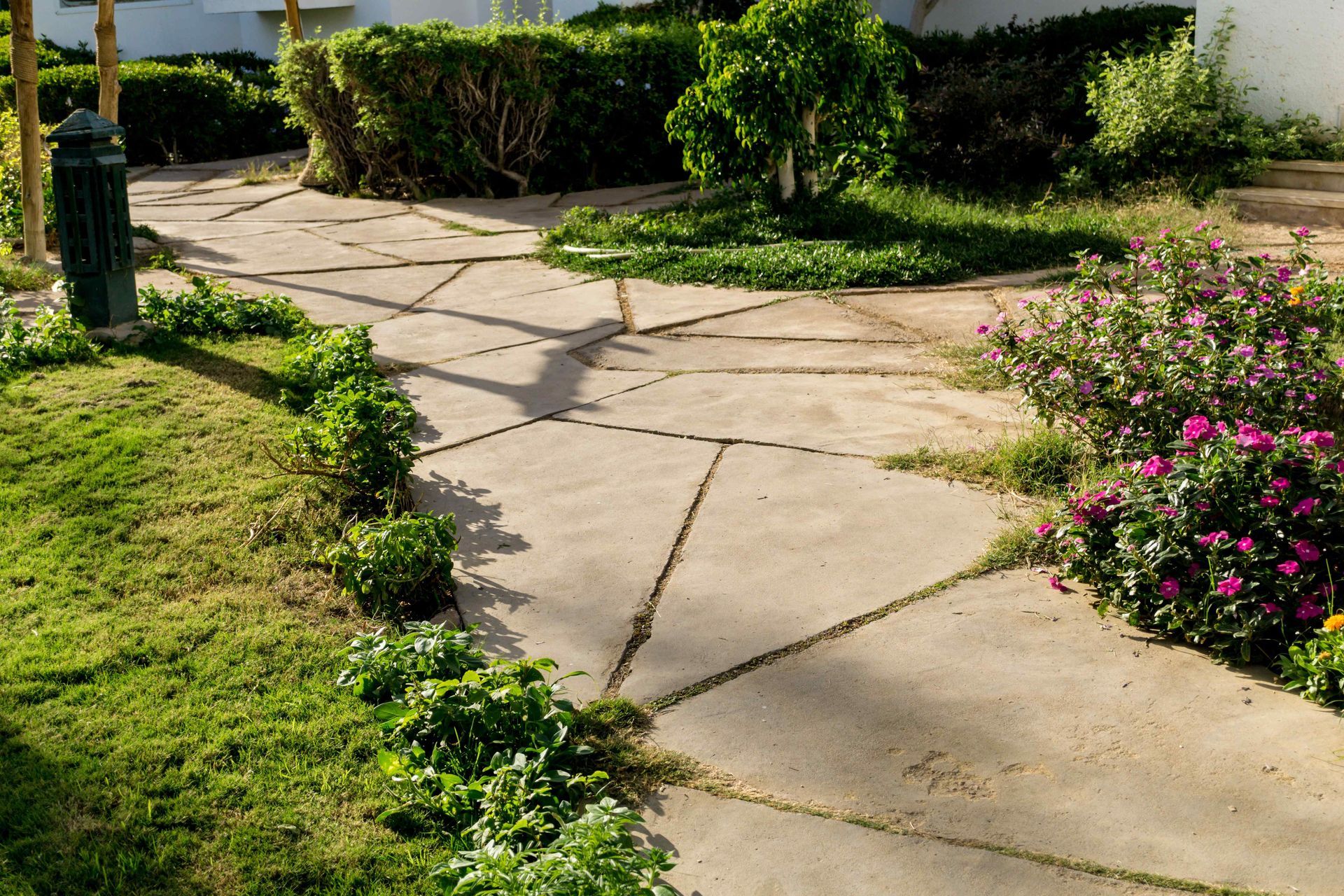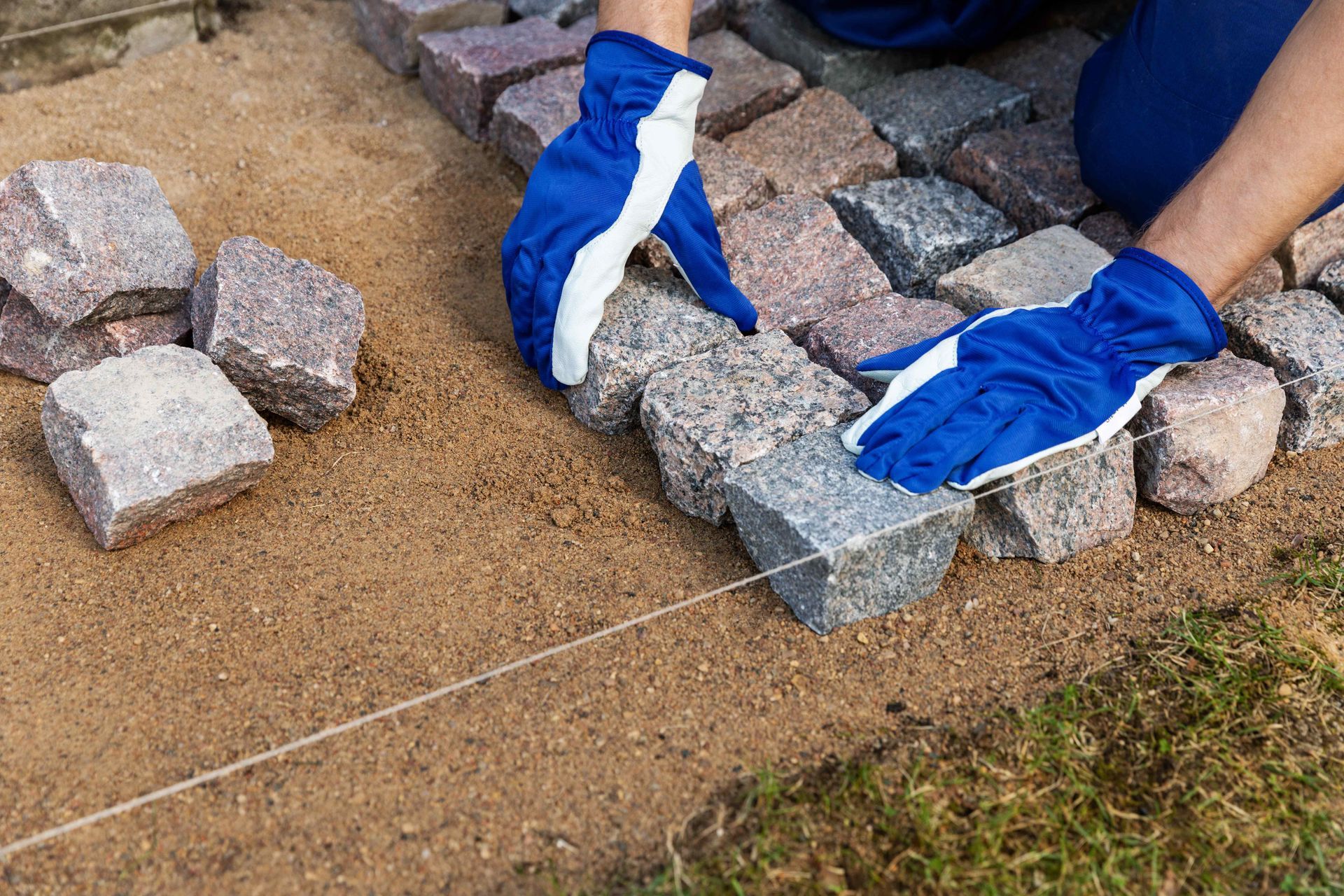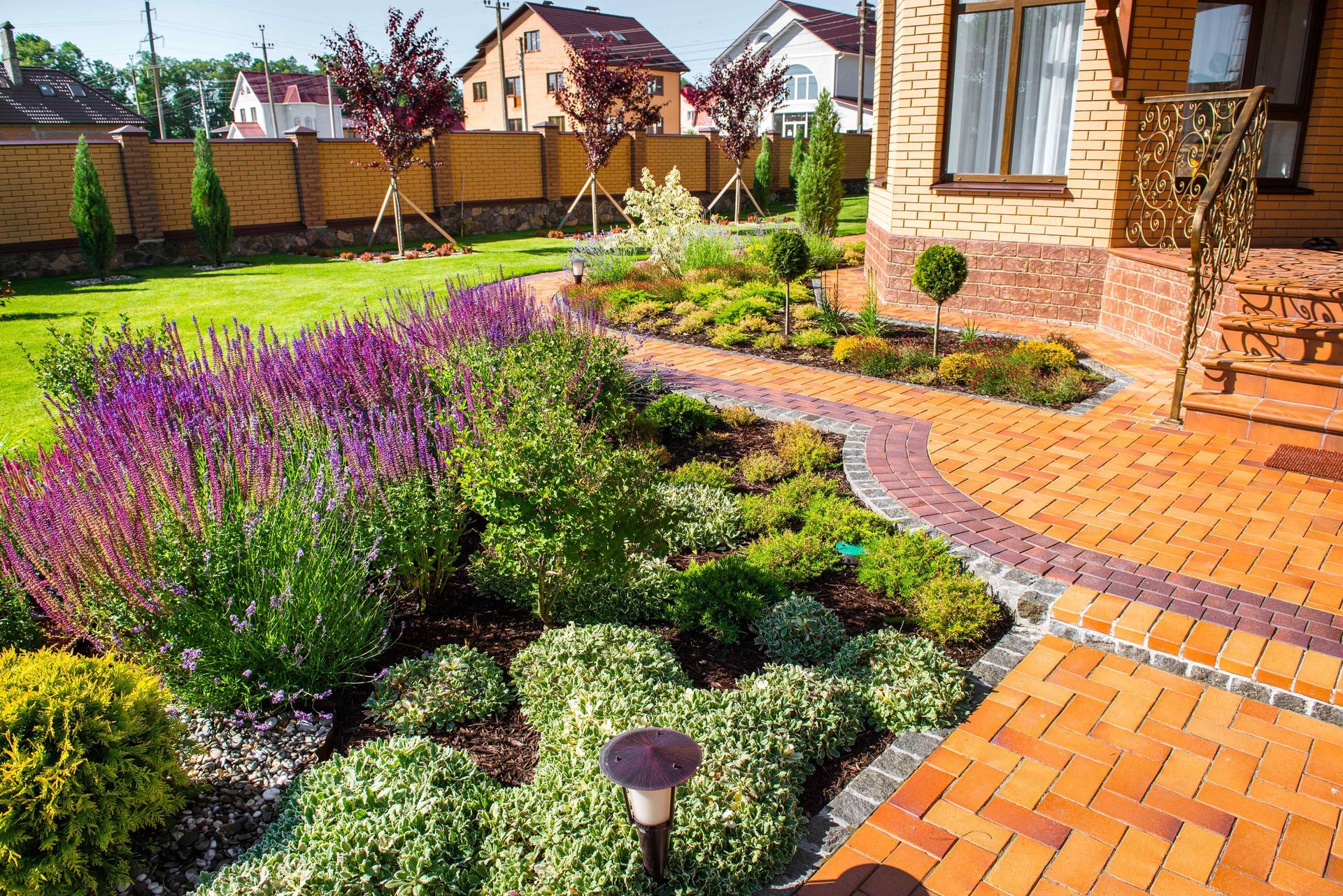Xeriscaping vs. Zeroscaping: Understanding Sustainable Landscaping Practices
In sustainable landscaping, two terms often surface: xeriscaping and zeroscaping. While both approaches share the goal of conserving water, their methodologies and principles differ. In this post, we'll delve into the distinctions between xeriscaping and zeroscaping, providing insights into their key features and how you can create an eco-conscious outdoor space.
Understanding Xeriscaping
Xeriscaping is a landscaping technique rooted in water conservation and sustainable practices. Key elements of xeriscaping include:
- Water-Efficient Plants. Xeriscaping prioritizes the use of native and drought-tolerant plants that require minimal water once established.
- Efficient Irrigation. Water-efficient irrigation systems, such as drip irrigation and soaker hoses, are used to deliver water directly to plant roots, minimizing waste.
- Mulching and Soil Improvement. Mulch is applied to the soil surface to reduce evaporation and weed growth, while soil amendments enhance water retention and plant health.
- Practical Design. Xeriscaping incorporates thoughtful design principles to maximize water efficiency and minimize maintenance.
Benefits of Xeriscaping
- Water Conservation. By reducing water usage through drought-tolerant plants and efficient irrigation, xeriscaping helps conserve water resources, making it an environmentally responsible landscaping choice.
- Low Maintenance. Xeriscapes require less water and maintenance compared to traditional landscapes, saving homeowners time and effort while promoting a healthier outdoor environment.
- Resilience to Climate Variability. Xeriscaping adapts to local climate conditions, making landscapes more resilient to fluctuations in temperature and precipitation.

Understanding Zeroscaping
Zeroscaping, also known as desert landscaping or dryscape, shares similarities with xeriscaping but adopts a more minimalist approach. Key features of Zeroscaping include:
- Limited Plant Use. Zeroscaping uses a minimal number of plants, often native succulents and cacti, that are well-adapted to arid climates and require little to no irrigation.
- Emphasis on Hardscaping. Zeroscaping incorporates a significant amount of hardscape elements such as rocks, gravel, and boulders to decrease the need for water-intensive vegetation.
- Low Water Usage. Unlike xeriscaping, which may still involve some level of irrigation, zeroscaping aims to eliminate the need for supplemental watering, relying primarily on rainfall.
Benefits of Zeroscaping
- Water Efficiency. Zeroscaping achieves maximum water efficiency by minimizing or eliminating the need for irrigation, making it well-suited for regions with limited water resources or strict watering restrictions.
- Low Maintenance. With its focus on hardscape elements and drought-tolerant plants, zeroscaping requires minimal maintenance once established, reducing ongoing care and upkeep.
- Heat and Drought Tolerance. Plants and hardscape materials are selected for their ability to withstand extreme heat and drought conditions, ensuring long-term resilience.
Xeriscaping vs. Zeroscaping: Finding the Right Fit
- Water Usage. Xeriscaping still involves some level of irrigation, while zeroscaping aims to eliminate it. You must consider your water availability and conservation goals when choosing between the two approaches.
- Aesthetic Preferences. Xeriscaping offers a more diverse range of plant options and design flexibility. Zeroscaping, on the other hand, embraces a minimalist, desert-inspired aesthetic with a focus on hardscape elements.
- Maintenance Requirements. While both xeriscaping and zeroscaping are low-maintenance compared to traditional landscapes, zeroscaping may require less ongoing care due to its reliance on hardy, drought-tolerant plants and its minimal watering needs.
Conclusion
In conclusion, xeriscaping and zeroscaping represent two distinct approaches to sustainable landscaping, each with its own set of principles.
Whether you opt for the diverse plant palette of xeriscaping or the minimalist design of zeroscaping, the key lies in creating a landscape that reflects your environmental values and practical needs.
By understanding the differences between these approaches, you can make an informed decision to create a beautiful, sustainable outdoor space.
You might also like

Contact us now and let's embark on this exciting journey together.
Ready to elevate your outdoor living experience? Contact Premier Gilbert Landscaping today and schedule your consultation. Let us create a landscape that reflects your style, enhances your life, and brings beauty to every moment you spend outdoors.
Remember, your outdoor dreams are just a call away.
All Rights Reserved | Premier Gilbert Landscaping
Powered by webpro.ai



